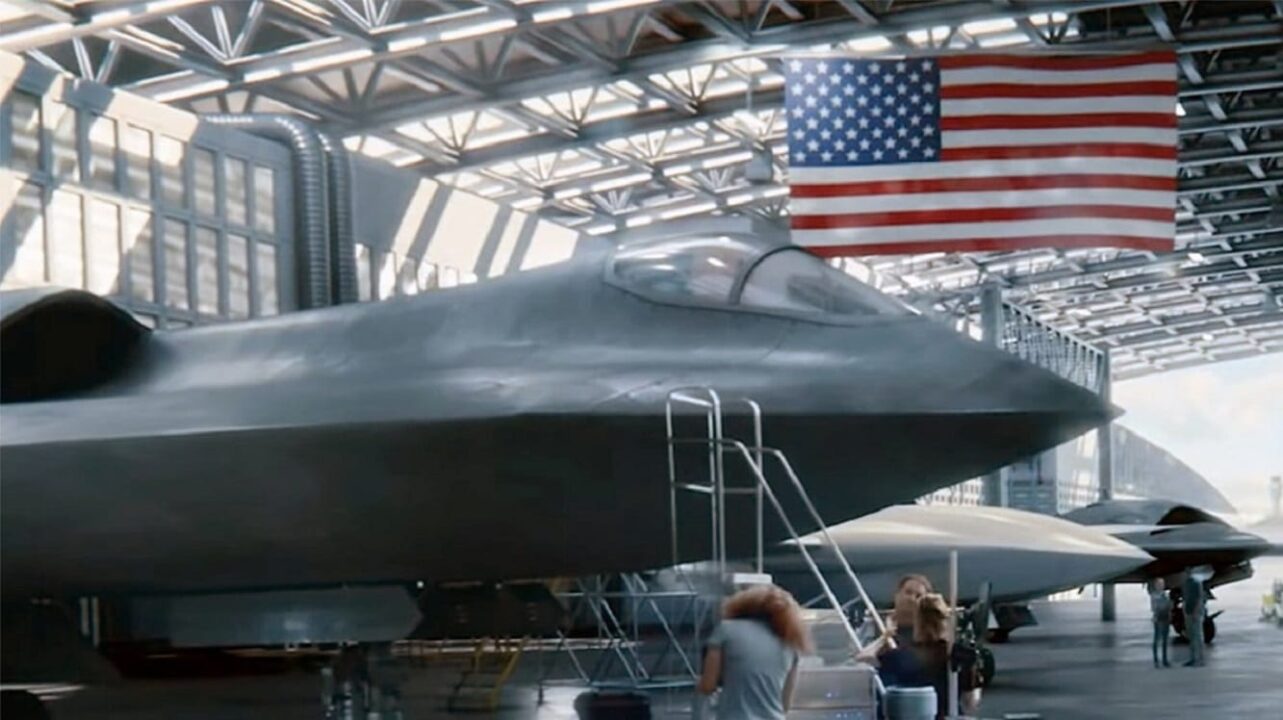Summary: The U.S. Air Force is advancing its aerial combat capabilities through the Next Generation Air Dominance (NGAD) program and the F-15EX Eagle II, targeting different aspects of air superiority. NGAD, a 6th generation stealth fighter with both manned and unmanned capabilities, aims to clear skies of enemy aircraft, ensuring dominance for ground or sea operations. Meanwhile, the F-15EX serves as a temporary, yet modern solution to the Air Force’s current fighter jet challenges, including the aging F-22 fleet and delays in F-35 production. With plans to procure around 200 NGAD jets at $300 million each, the Air Force prioritizes cutting-edge technology and air superiority, despite the high costs, ensuring readiness against future threats.
The U.S. Air Force flies several different types of fighter jets. The F-35A Lighting II, the F-22 Raptor, the F-15 Eagle, and the F-16 Fighting Falcon are the main workhorses of the largest air force in the world.
But in addition to flying all these types of aircraft, the Air Force is working on the future, or rather, with the aerospace industry to design and develop its next-generation fighter jets.
The main project is the Next Generation Air Dominance (NGAD) program. But another important project is the F-15EX Eagle II. Both are designed for air superiority, but that isn’t contradictory. The Air Force doesn’t have to choose between them.
6th Generation NGAD vs. F-15EX Eagle II
To begin with, we need to talk about mission sets.
The Air Force intends the NGAD as the next-generation air superiority fighter jet. This will be a 6th generation stealth fighter jet with manned and unmanned capabilities. Although, as many other aircraft, the NGAD would likely be able to do more than one mission set, its main role would be to go out there and clear the sky of enemy fighter jets, thus establishing air superiority and paving the way for success on the ground or sea.
On the other hand, the F-15EX Eagle II also has an air superiority mission, but the Air Force intends the fighter jet as a temporary solution—a stopgap—to the pressing issues in its fighter jet fleet.
Although the F-35 Lighting II recently received the green light for full-scale production, Lockheed Martin is facing serious problems with the production process. Delays in important software updates prevent Lockheed Martin from delivering all the aircraft that it is building.
In addition, the F-22 Raptor fleet is getting older. The Pentagon, unwisely, close the F-22 Raptor’s production line in 2011. Before Lockheed Martin, the manufacturer, shut up the assembly line and diverted resources to the F-35 Lighting II stealth fighter jet, it produced about 190 F-22s. The Air Force received 186 aircraft, but today the F-22 Raptor fleet is hovering to less than 100 combat ready jets.
Moreover, the Air Force’s F-15C/D Eagle fighter jets are under a lot of stress from decades of operations.
Finally, the NGAD is still under development and there isn’t a contract yet for its production. Although the Air Force is looking to expedite the process, an NGAD capability won’t operational until the next decade.
As such, the Air Force pivoted to the F-15EX Eagle II, a 4,5th-generation fighter jet that can survive and operate very well in a modern, near-peer environment, to ensure that it has enough modern fighter jets to deal with current or future threats.
The NGAD
A word about the NGAD. The Air Force plans to purchase approximately 200 NGAD fighter jets to replace the aging F-22 Raptor fleet. It is projected that each aircraft will cost an astounding $300 million. But the capabilities it promises to bring and the importance of air superiority to the outcome of a conflict outweigh any considerations about the cost.
About the Author
A 19FortyFive Defense and National Security Columnist, Stavros Atlamazoglou is a seasoned defense journalist specializing in special operations and a Hellenic Army veteran (national service with the 575th Marine Battalion and Army HQ). He holds a BA from the Johns Hopkins University, an MA from the Johns Hopkins’ School of Advanced International Studies (SAIS), and is pursuing a J.D. at Boston College Law School. His work has been featured in Business Insider, Sandboxx, and SOFREP.

